



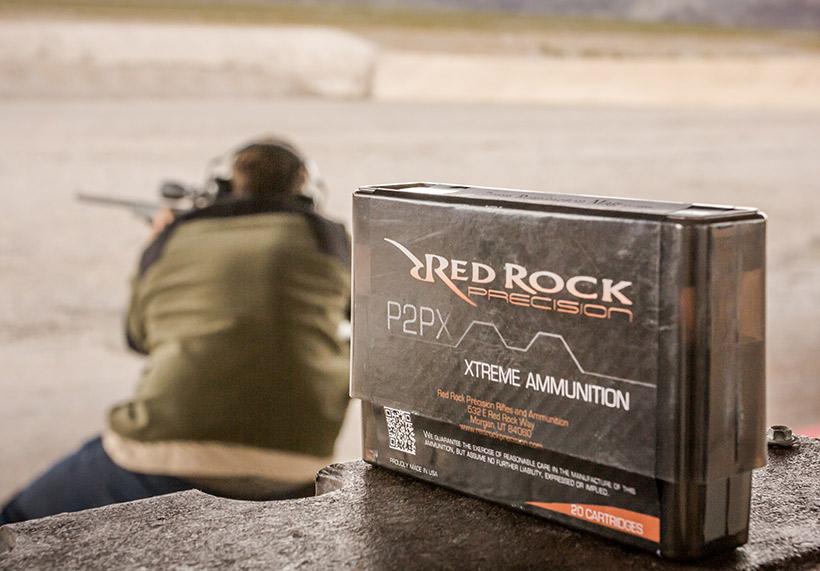
Photo credit: Brady Miller, goHUNT.com

Photo credit: Huskemaw Long Range Optics
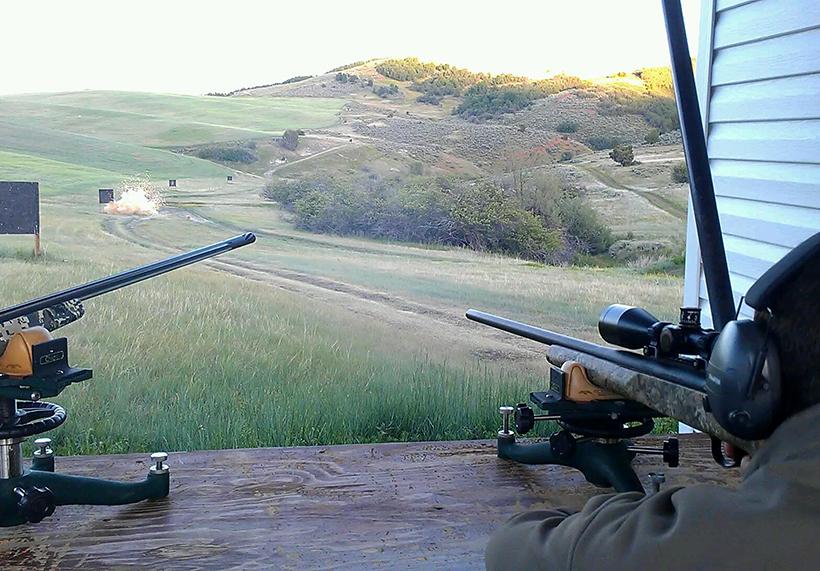
Photo credit: Red Rock Precision
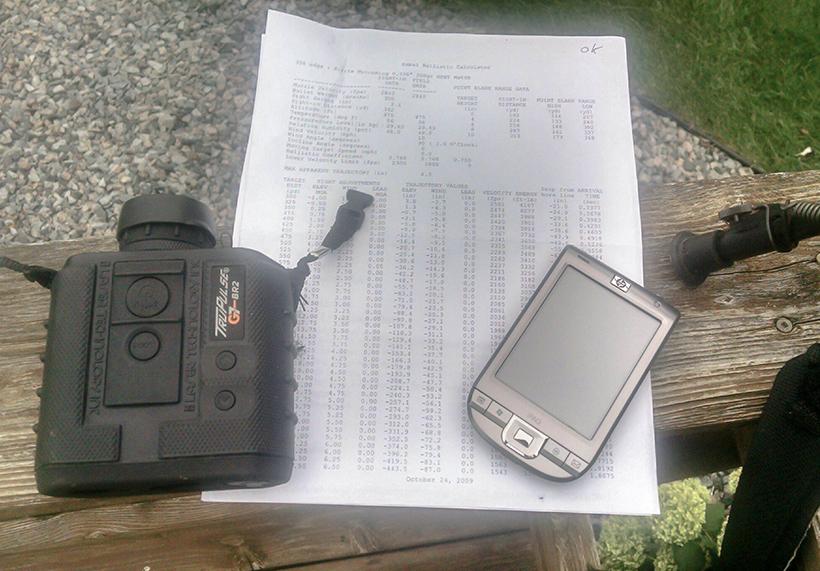
Photo credit: Steve Miller

Photo credit: Red Rock Precision
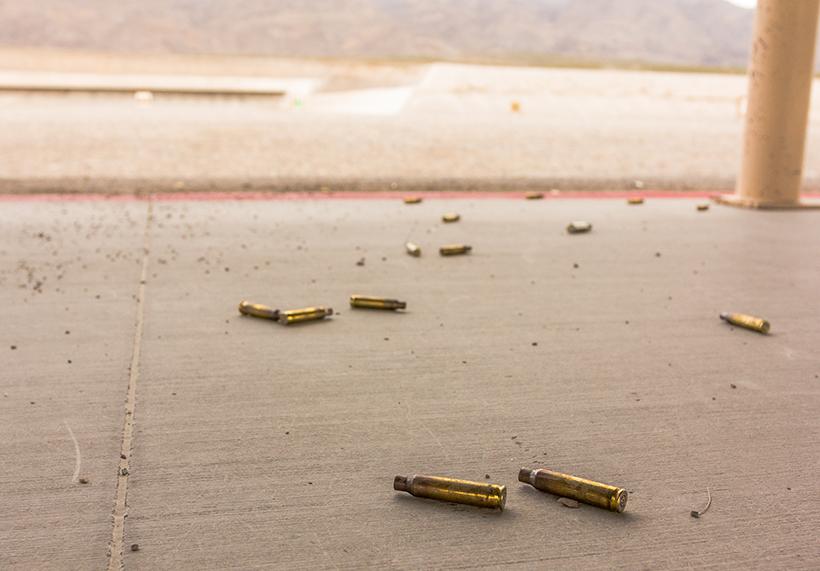
Photo credit: Brady Miller, goHUNT.com
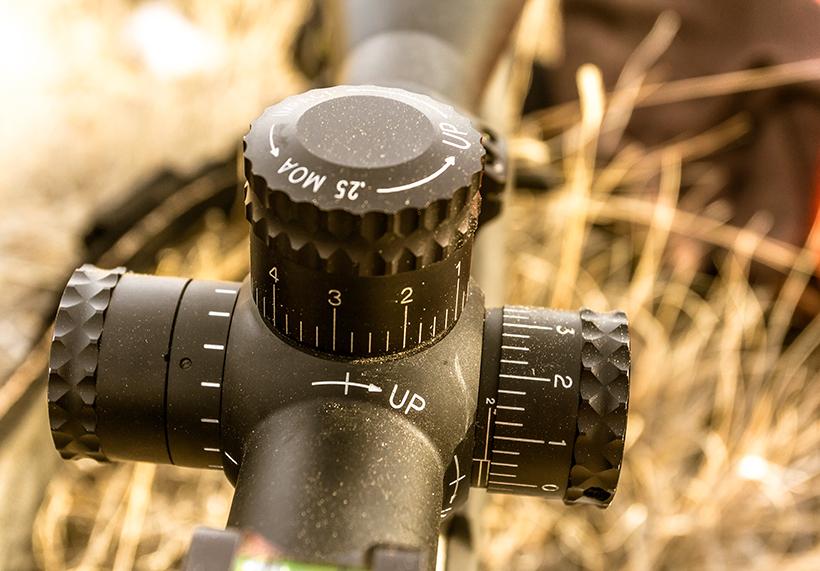
Photo credit: Brady Miller, goHUNT.com
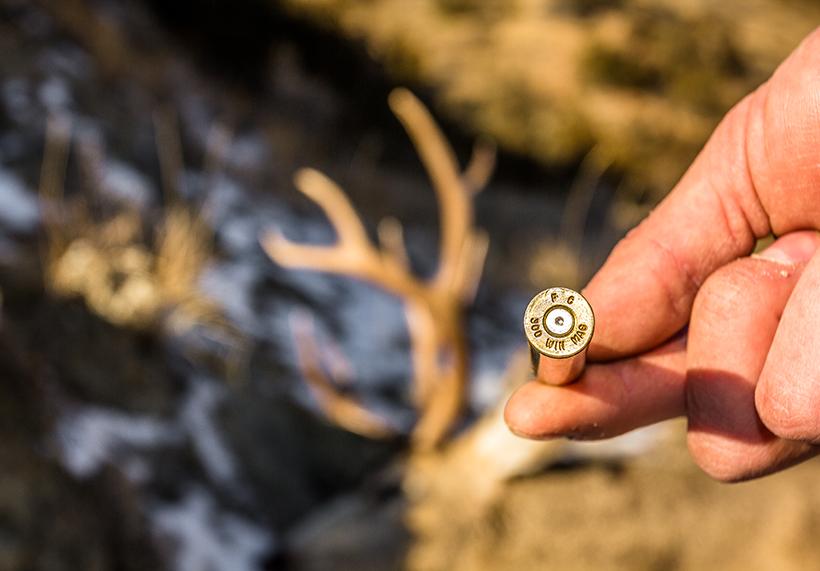
Photo credit: Brady Miller, goHUNT.com
Looking to broaden your hunting range from 100 to 1,000 yards with a rifle? Long-range shots require more than just a specialized setup: accuracy comes with practice and a deep understanding of your rifle’s inner workings. Here are eight ways to make your long-range rifle shots count at the range and out on the hunt.
Choose the correct caliber for your intended quarry: a 6 mm for smaller animals, 7 mm for deer and sheep or .300 mag for bears and moose. A longer barrel often makes for higher accuracy with long-range shots, but consider how much weight you want to manage in the field.
Optics are where smart hunters really invest. A scope should be easy to look through, remain extremely clear no matter the weather conditions and have a reticle style that helps you hold accurately. Turrets are another aiming essential that take elevation, altitude, temperature and even humidity into account; the turret that covers a hunt in a British Columbia winter is not the same as what you’ll need for Nevada in the summer. Todd Sholly of Red Rock Precision recommends Huskemaw scopes since their patented system also takes wind into account, resulting in fewer calculations for the hunter. A rangefinder with angle compensation that’s built into your binoculars combines two long-distance essentials and cuts down on the gear you carry in the field. The longer range of your optics, the greater your chance of success with distance shot execution.
Go out in the off-season and shoot in different positions from 300 to 1000 yards. “If you can’t be effective at 1000 yards at the range, you shouldn’t be doing it in the field,” counsels Sholly. Be honest with yourself about your effective range and ability to ensure ethical harvests during hunting season. A shooting school is another great way to learn to shoot long-range from experienced trainers and teachers, particularly if you’ve never shot long-range before. Remember to practice simulating field conditions as much as possible to have the best experience when on the hunt.
The intricacies of a long-range shot require a complex calculus that includes diverse elements such as elevation, temperature and wind. For example, a bullet will travel further during a high-altitude hunt because the thinner air gives it a flatter trajectory. Make use of a ballistics calculator to best select the MOA (Minute of Angle) your shot requires. Remember, long-distance shooting is a science, not just a matter of a lucky shot.
The best shooting position for long range with a rifle is prone. Low to the ground, you’ll be stable and the most comfortable. Your hunting bag might be convenient, but a dedicated rest, whether a tripod or bipod, gives the best long-range results. Consistency is key. Use your preferred rest and rifle setup when at the shooting range. Even though a rest is yet another thing to carry on your hunt, the accuracy of your shots makes its weight worthwhile.
Experienced hunters know to stay down with their guns and hold position until the shot reaches its quarry. But follow-through also means dedicating time to rifle work throughout the year, not just a few weeks before the season starts. Rifle shooting requires time more than anything else for long-range mastery.
Know how your rifle handles in a variety of situations before your hunt. Calculations for downhill shots require you to deduct for the angle so you’ll know how much to hold. The more guess work you can take out of your shooting, the better your accuracy.
Avoid taking shots outside of your practice range or with the animal facing away from you. (See GOHUNT's full ethical discussion of long-range rifle shots.) Broadside shots are ideal for long distance, aiming for the high shoulder area. This shot “covers you up and covers you down,” explains Sholly.
Want some more ways to improve your long-range shots with a rifle? Check out this entire 2.5 hour playlist by the National Shooting Sports Foundation on long-range rifle shooting.